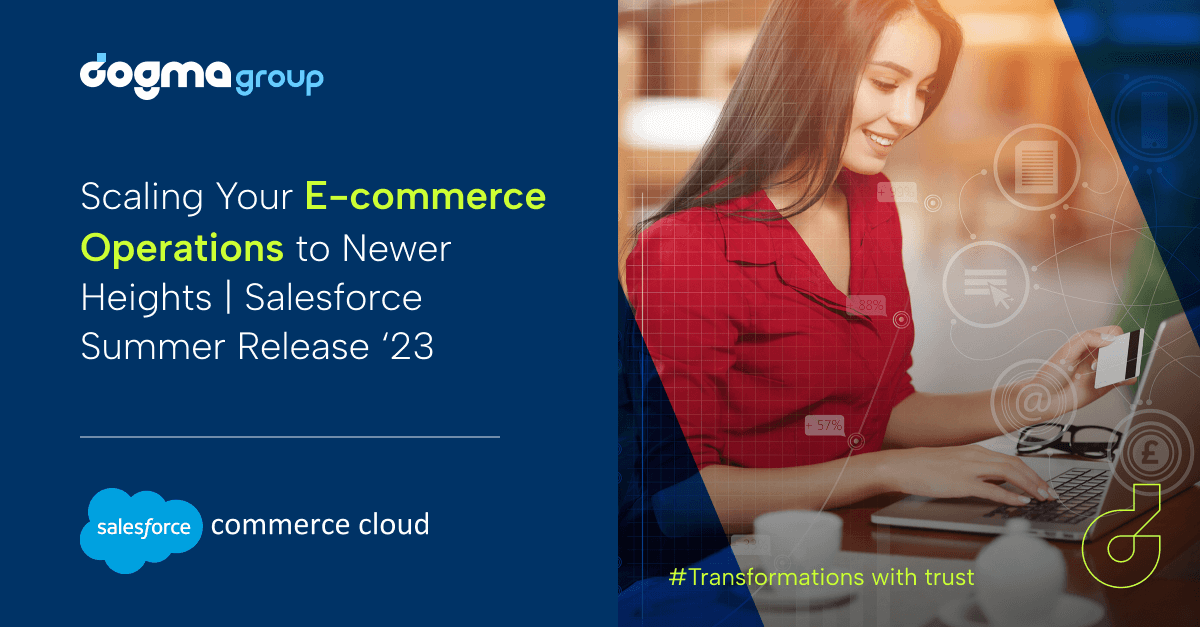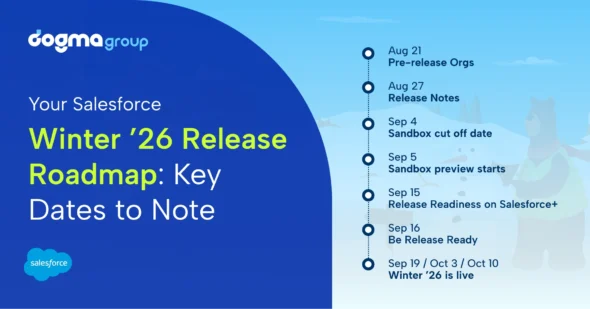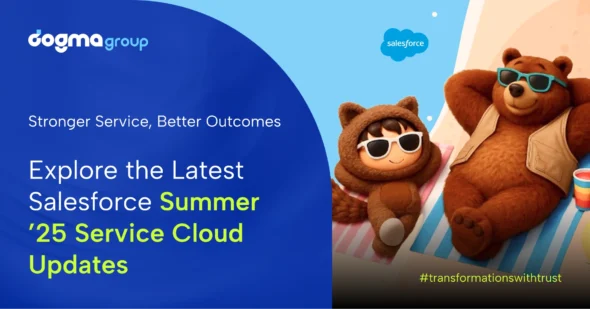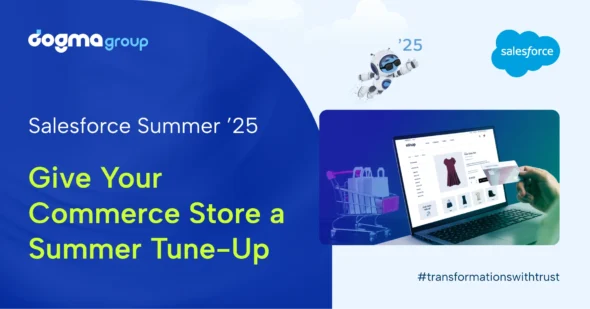Explore the latest enhancements from Salesforce Commerce Summer ’23 to enhance your payment management and revolutionise customer experiences. From simplified payment methods to personalised checkout processes, centralised payment information, and customisable product detail pages, these updates address many common pain points businesses face.
Discover how these features streamline operations, increase security, and elevate customer satisfaction to drive business growth and success in the dynamic world of commerce.
1. Secure, Flexible, and Efficient Commerce Store Payments
With Salesforce Payments, you won’t need to rely on external payment providers or manage payment methods separately for your commerce stores. This integration offers numerous advantages, including minimising payment errors and unauthorised access risks and expediting payment-related tasks to ensure effective and secure transactions. Salesforce Payments seamlessly integrates with your store, providing an additional layer of security. As it is natively integrated with B2B and D2C Commerce, it saves time and costs associated with third-party integrations. Previously, businesses had to install third-party payment providers or managed packages, which involved additional setup and maintenance requirements.
Furthermore, you can assign permission sets based on user roles to ensure specific access to the required payment functionality. Since the feature enables admins to configure the payment experience effortlessly, there is no need for complex configurations. Moreover, authorised external users can save and manage their payment methods. You can also customise and personalise the available payment options for customers during checkout. This reduces the need for customer support in payment method management and ensures customers can easily update their saved payment methods directly from their profiles.
2. Personalise Checkout Experience and Accelerate Transactions with Salesforce Payments
Lack of flexibility in payment methods can result in a poor checkout experience and reduced customer satisfaction. Now you can customise available payment methods during checkout based on customer preferences. You can create sets of payment types, like credit cards and digital wallets and tailor payment options for different stores based on their geographical locations. Accepted payment methods include credit cards, Apple Pay, Google Pay, SEPA Debit, Klarna, Afterpay/Clearpay, iDEAL, Bancontact, and EPS.
Also, lengthy checkout processes and the need to enter payment information repeatedly can lead to customer frustration and cart abandonment. Make future transactions faster for your customers by allowing them to save their payment method at checkout. This way, they can easily manage their saved payment methods from their My Account page on the store’s website and save time while completing purchases.
Such simplified functionalities enhance your overall customer experience, which encourages repeat business and increases the likelihood of completing a purchase, ultimately benefitting sales and marketing efforts.
3. Centralise Payment Information and Seamlessly Integrate Payment Solutions in Your Salesforce apps | Pay Now
Consolidate all your payment information in the new Payments Workspace. With this centralised and convenient overview of payment transactions, merchants can review all payment details in one place, including status, amount, payment method, and customer name. The workspace lets you easily track and manage payments, saving time and improving operational efficiency in payment management processes.
Furthermore, using Pay Now, you can seamlessly integrate secure payment options in your Salesforce apps. You can create payment links that direct customers to branded payment pages accessible on all devices. This offers convenient and reliable payment solutions within your applications without redirecting customers to external payment platforms, providing a smooth and consistent checkout experience. Also, these payment links can be connected to a specific record in your chosen Salesforce app for proper organisation of payment transactions.
4. Create an Impactful Shopping Experience with Customisable Product Detail Pages
Say goodbye to rigid store templates and hello to dynamic, engaging product pages with this new release. With customisable product detail pages, you have the flexibility to tailor the layout, content, and design of product pages, allowing you to overcome the limitations of rigid or pre-defined B2C or B2B store templates. This customisation capability ensures that your offerings are showcased effectively, creating a unique and engaging shopping experience for customers.
Rigid templates can also result in inconsistent branding across your various channels and touchpoints that confuse customers and dilute brand recognition. Customising using manageable product components also spells a consistent, unified brand image. Not only that, using Page Designer for Composable Storefront, you can design your pages per your need without having to rely on complex coding or technical expertise. The feature offers time-saving tools and a drag-and-drop interface to create visually appealing and interactive pages, accelerating the time-to-market for your new launches and promotions.
In addition, the drag-and-drop experience for headless architecture enables you to design dynamic product pages that can seamlessly adapt across various communication platforms. With headless architecture, the front-end and back-end systems are disconnected, allowing them to operate independently. This means you can make changes to the front end without affecting the back-end processes and vice versa, giving you more flexibility in delivering content that aligns with your marketing strategies.
5. Enable Guest Customers to Shop in Your B2B and B2C Stores
With this summer release, you can now open doors to your B2B and B2C stores to the public. Now you can provide a more inclusive and accessible shopping experience to a wide range of customers who may not have a registered account but still wish to make purchases. By enabling guest buyer profiles, guest users can add products to their cart and conveniently make purchases. Expand your customer base and increase sales by allowing guest buyers to make purchases without creating an account or logging in.
By offering a guest checkout option, businesses can remove potential barriers to entry and provide a frictionless shopping experience for customers who prefer a quick and hassle-free checkout process. Enhance your customer’s shopping experience with increased accessibility and flexibility in your stores, ultimately driving customer satisfaction and your business growth.
Read on!
Discover more exciting experiences with Salesforce with us! Explore more about marketing, sales and service from Salesforce on our blogs to know more about the features Salesforce brings to you this summer.






